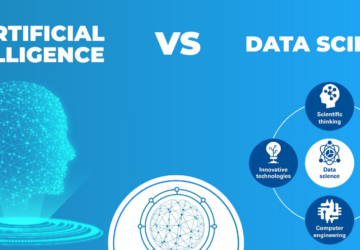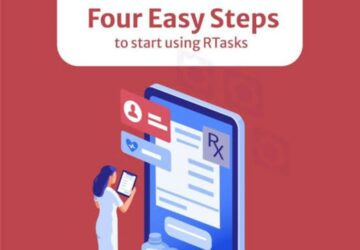In today’s world, data has become an essential component of many organizations. Navigating the complexity of data integration in IT environments is a significant feat. It requires a combination of best practices, a deep understanding of technology ecosystems, and a relentless pursuit of perfection. The benefits of this journey are numerous, leading to a state where data accuracy is not just an aspiration but a tangible reality. In this article, you will learn about the multifaceted role of data integration in creating an information repository that is comprehensive and impeccably accurate. This is a conversation about the foundations on which companies build their strategies, innovate, and ultimately succeed.
Strategies for Streamlining Data Collection Processes
Ensuring accurate and reliable data is crucial for any organization. To achieve this, it’s important to streamline data collection processes by implementing robust data integration solutions. Consolidating data from various sources effectively reduces the likelihood of errors and inconsistencies. Adopting a proactive approach that includes the use of automated tools and standardized protocols can significantly reduce manual data entry errors. Establishing clear guidelines for data collection and setting up real-time validation checks can help in promptly identifying and addressing any discrepancies. These strategies are necessary to create a strong foundation for data integrity, which is indispensable for informed decision-making and maintaining a competitive edge in today’s data-driven landscape.
Enhancing Data Quality through Advanced Integration Techniques
Effective data integration is pivotal in transforming disparate data sources into a cohesive and reliable repository. By leveraging cutting-edge integration methods, organizations can significantly reduce inconsistencies and enhance the accuracy of their datasets. A comprehensive integration strategy should include a checklist that addresses data validation, deduplication, and the harmonization of formats. This ensures that data from various origins is brought together and cleansed and standardized, paving the way for high-quality information that can be trusted for decision-making.
It is crucial for businesses to continuously monitor and update their integration protocols to keep pace with the evolving data landscape. Doing so ensures that their data remains accurate, relevant, and actionable, providing a solid foundation for analytics and business intelligence initiatives.
Leveraging Master Data Management for Consistent Information
Implementing Master Data Management (MDM) is critical in achieving high levels of data accuracy across an organization. By centralizing master data, businesses can ensure that all stakeholders have access to a single source of truth, which is essential for making informed decisions.
Overcoming Data Silos with Effective Integration Solutions
Companies often face the challenge of managing data from different sources, which can lead to inconsistencies and errors. Effective data integration strategies can help unify the data landscape, providing stakeholders with accurate and timely information for informed decision-making, giving them a competitive edge.
One of the primary steps in overcoming data silos involves the following:
- Identifying the existing data sources and understanding their formats and uses within the organization.
- Establishing a centralized data repository where all data can be consolidated, such as a data warehouse or lake.
- Implementing data integration tools that can automate the process of data extraction, transformation, and loading (ETL), thereby reducing manual errors and saving time.
Moreover, it is essential to maintain data quality throughout the integration process. This can be achieved by implementing data governance policies and employing data cleansing practices to ensure that the data being integrated is accurate and up-to-date.
Utilizing Data Governance Frameworks to Maintain Data Integrity
A reliable data governance framework is essential for maintaining accurate and consistent data across various systems. By establishing clear policies, procedures, and standards, businesses can mitigate the risk of data discrepancies and enhance the reliability of their integrated data. Additionally, a well-implemented framework facilitates compliance with regulatory requirements, maintaining trust and avoiding legal penalties. Adopting such frameworks is a strategic imperative for companies relying on high-quality data to drive business success.
Best Practices for Data Integration in Complex IT Environments
It is crucial to follow a set of best practices to ensure the success of the data integration process and make the best use of raw data resources. We’ve compiled a list of some data integration best practices based on the experience of C&F, an expert in building IT systems for some of the most prominent players in the industry, and their article about Data Integration: https://candf.com/our-insights/articles/what-is-data-integration/. Implementing these best practices will help your company reap all the benefits of data integration:
1. Define your goals and objectives and measure your success with KPIs.2. Design solutions that can handle increased data loads without compromising performance.3. Prioritize security with encryption, access controls, and authentication protocols.
4. Keep it simple with a straightforward architecture that minimizes complexity.5. Learn from experts and stay informed about industry best practices through reading and attending workshops and conferences.







